Growing Amethyst Hyacinths: Information On Amethyst Hyacinth Plants
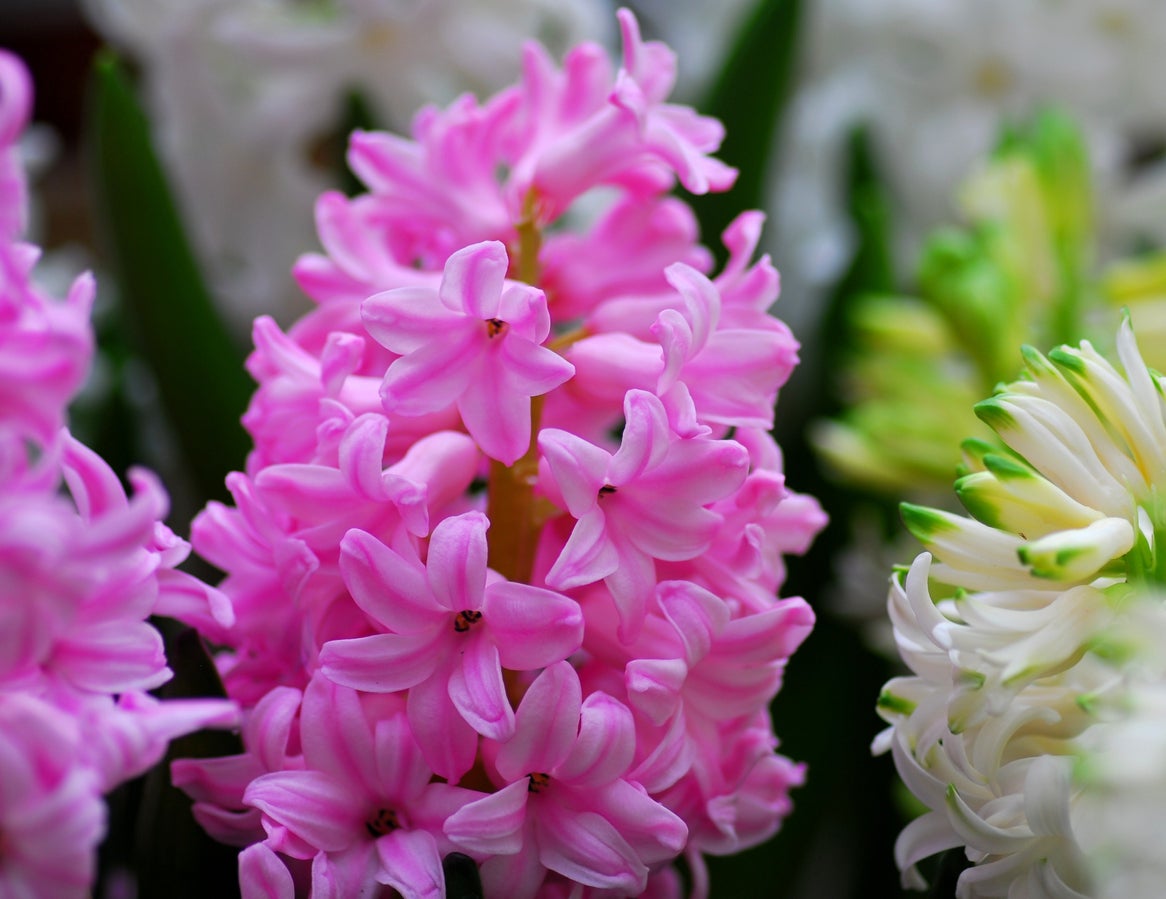

Growing Amethyst hyacinths (Hyacinthus orientalis ‘Amethyst’) couldn’t be much easier and, once planted, each bulb produces one spiky, sweet-smelling, pinkish violet bloom every spring, along with seven or eight big, shiny leaves.
These hyacinth plants are gorgeous planted en masse or contrasting with daffodils, tulips, and other spring bulbs. These easy plants even thrive in large containers. Interested in growing a few of these springtime jewels? Read on to learn more.
Planting Amethyst Hyacinth Bulbs
Plant Amethyst hyacinth bulbs in fall about six to eight weeks before the first expected frost in your area. Generally, this is September to October in northern climates, or October to November in the southern states.
Hyacinth bulbs thrive in partial shade to full sunlight and Amethyst hyacinth plants tolerate nearly any type of well-drained soil, although moderately rich soil is ideal. It’s a good idea to loosen the soil and dig in a generous amount of compost before growing Amethyst hyacinth bulbs.
Plant Amethyst hyacinth bulbs about 4 inches (10 cm.) deep in most climates, although 6 to 8 (15-20 cm.) inches is better in warm southern climates. Allow at least 3 inches (8 cm.) between each bulb.
Care of Amethyst Hyacinths
Water well after planting bulbs, then allow Amethyst hyacinths to dry out slightly between watering. Be careful not to overwater, as these hyacinth plants don’t tolerate soggy soil and may rot or mold.
Bulbs can be left in the ground for the winter in most climates, but Amethyst hyacinths require a chilling period. If you live where winters exceed 60 degrees F. (15 C.), dig the hyacinth bulbs and store them in the refrigerator or other cool, dry location during the winter, then replant them in spring.
Gardening tips, videos, info and more delivered right to your inbox!
Sign up for the Gardening Know How newsletter today and receive a free copy of our e-book "How to Grow Delicious Tomatoes".
Cover Amethyst hyacinth bulbs with a protective layer of mulch if you live north of USDA planting zone 5.
All that’s left is enjoying the blooms once they return each spring.

A Credentialed Garden Writer, Mary H. Dyer was with Gardening Know How in the very beginning, publishing articles as early as 2007.
-
 Looking For Plants To Give You The Soft And Fuzzies? Try These 5 Fuzzy Leaf Plant Options
Looking For Plants To Give You The Soft And Fuzzies? Try These 5 Fuzzy Leaf Plant OptionsLovers of texture, drama, silver foliage and tactile plants will adore these special sensory garden additions. These fuzzy leaf plant options will leave you all aglow
By Susan Albert
-
 Get Ready For A Summer Of Hummers! Grow These Full Sun Hummingbird Plants and Flowers
Get Ready For A Summer Of Hummers! Grow These Full Sun Hummingbird Plants and FlowersIf you’re lucky enough to enjoy a sunny backyard, make sure you are maxing out on your pollinator opportunities and grow these full sun hummingbird plants and flowers
By Tonya Barnett
-
 Hyacinth Bulb Itch – What To Do For Hyacinth Skin Allergy
Hyacinth Bulb Itch – What To Do For Hyacinth Skin AllergyHyacinth is a popular fall planted bulb for cheerful, fragrant spring blooms. These flowers help to drive away winter glooms. Unfortunately, hyacinth irritation can be an issue. Learn more about this skin problem, referred to as hyacinth bulb itch, in the following article.
By Mary Ellen Ellis
-
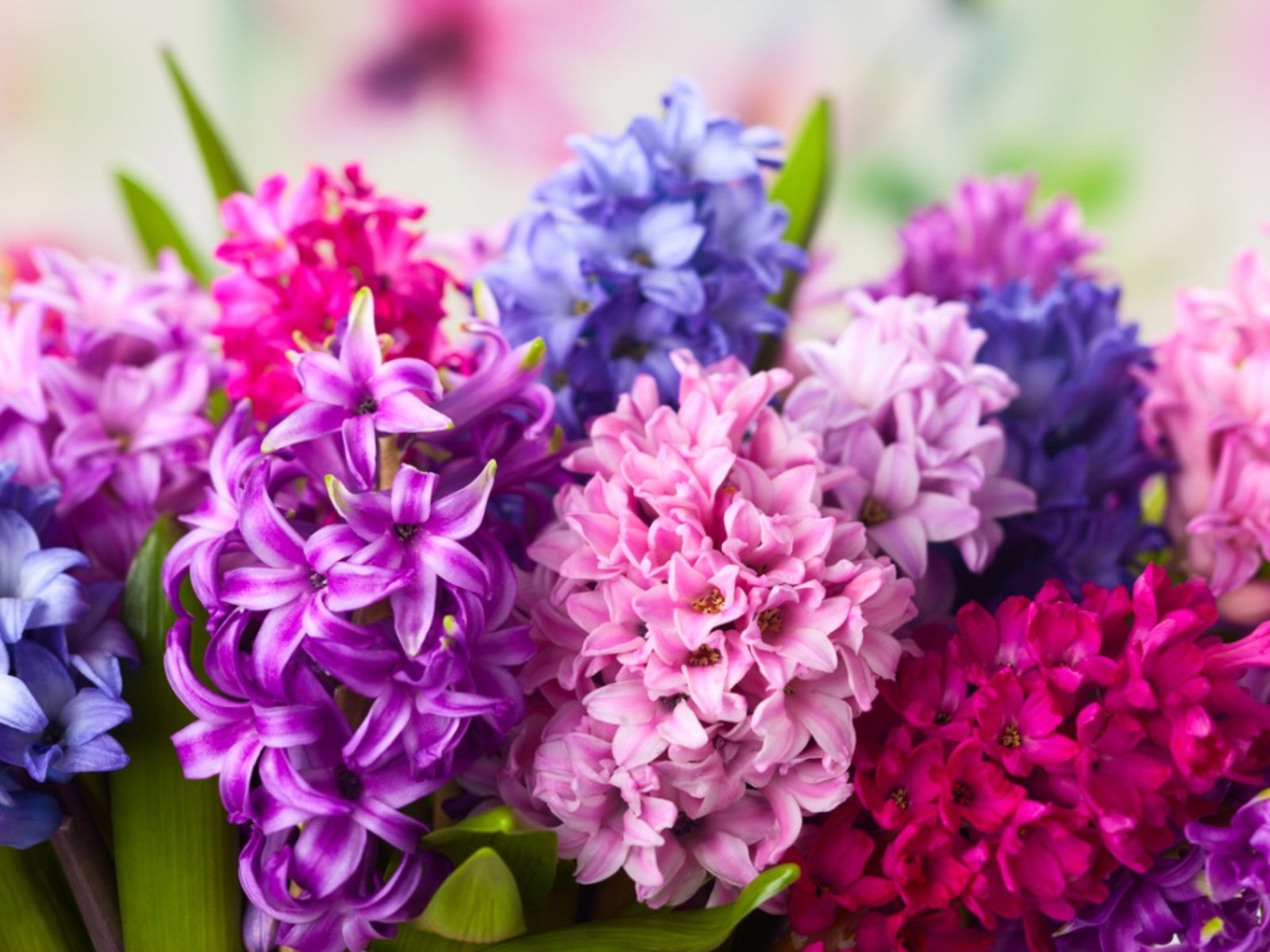 Hyacinth Seed Propagation – How To Grow Hyacinths From Seed
Hyacinth Seed Propagation – How To Grow Hyacinths From SeedAs hyacinth flowers fade and small green seed pods begin to form in their place, you may wonder, can you propagate hyacinth seeds? Click this article to learn about saving hyacinth seed and hyacinth seed propagation.
By Darcy Larum
-
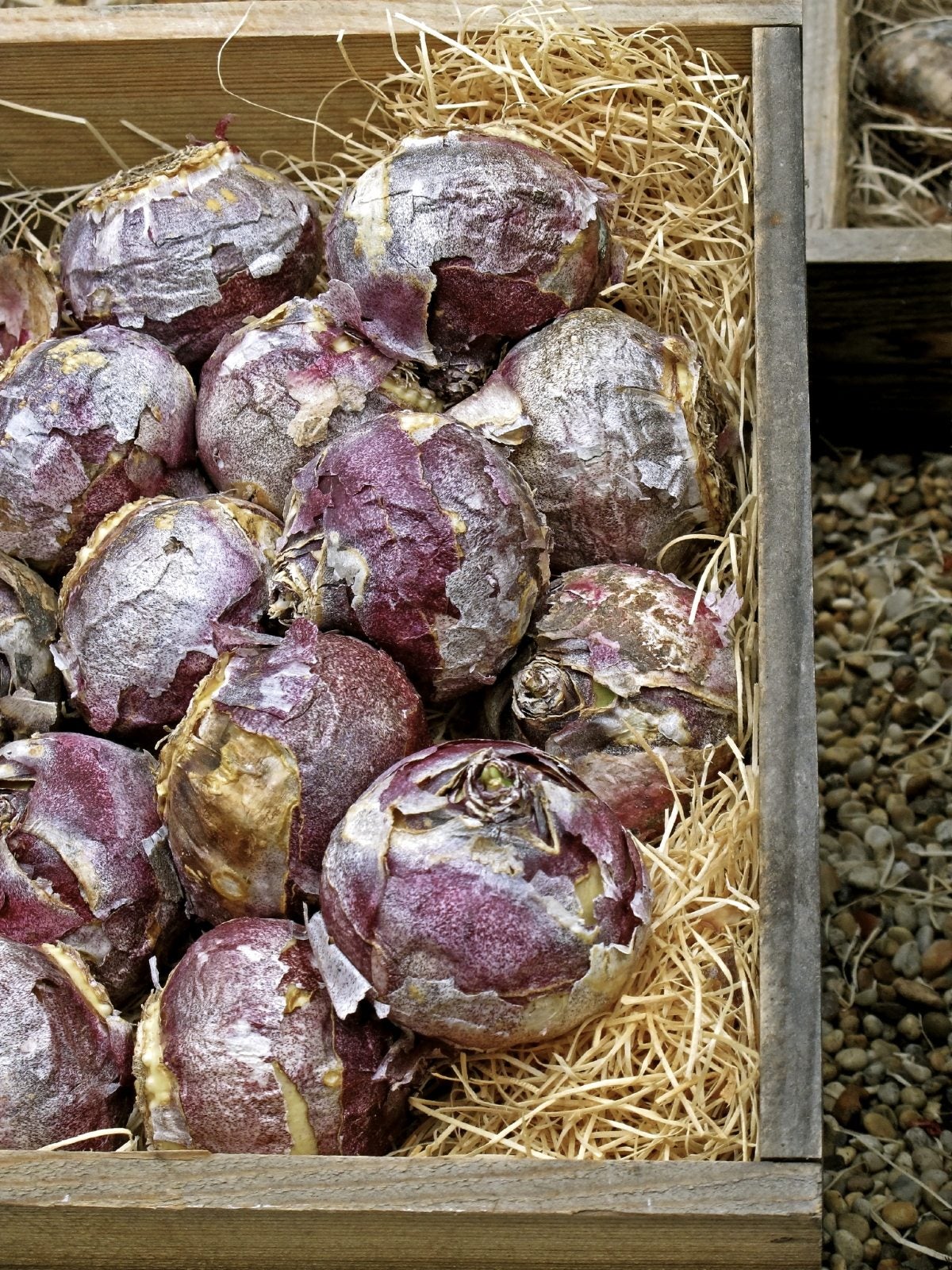 Curing Hyacinths: When To Dig Up Hyacinth Bulbs For Storing
Curing Hyacinths: When To Dig Up Hyacinth Bulbs For StoringIt's important not to dig up your hyacinth bulbs at the wrong time, or else your bulbs may not have enough energy to sprout. Learn about hyacinth bulb curing and storing hyacinth bulbs in the article that follows. Click here for more info.
By Liz Baessler
-
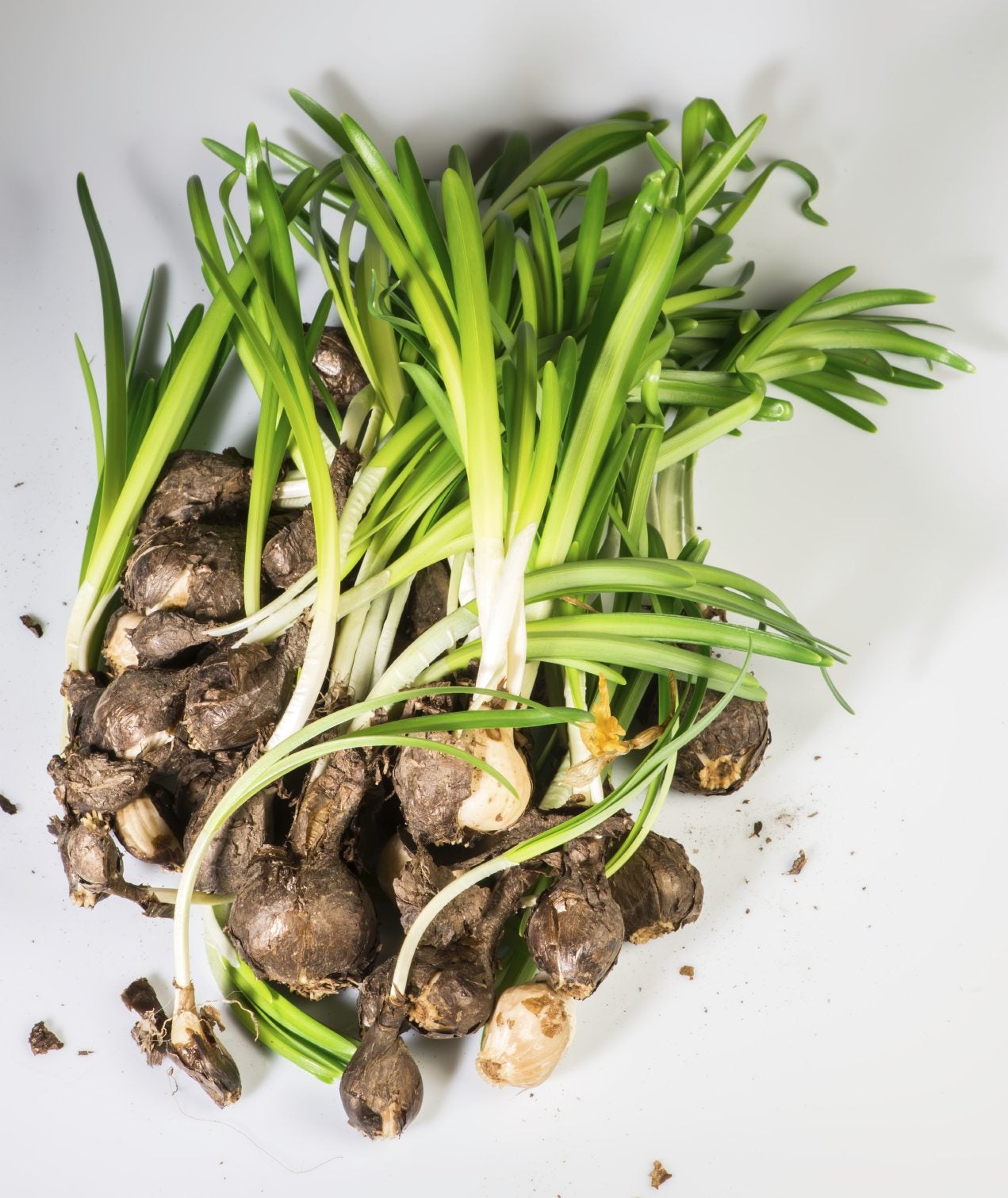 Propagating Hyacinth Offsets – How To Propagate Bulbs Of Hyacinth
Propagating Hyacinth Offsets – How To Propagate Bulbs Of HyacinthAlthough most gardeners find it easier and faster to purchase hyacinth bulbs, hyacinth propagation by seeds or offset bulbs is easier than you may think. Want to learn more about propagating and growing hyacinth bulbs? Click here.
By Mary H. Dyer
-
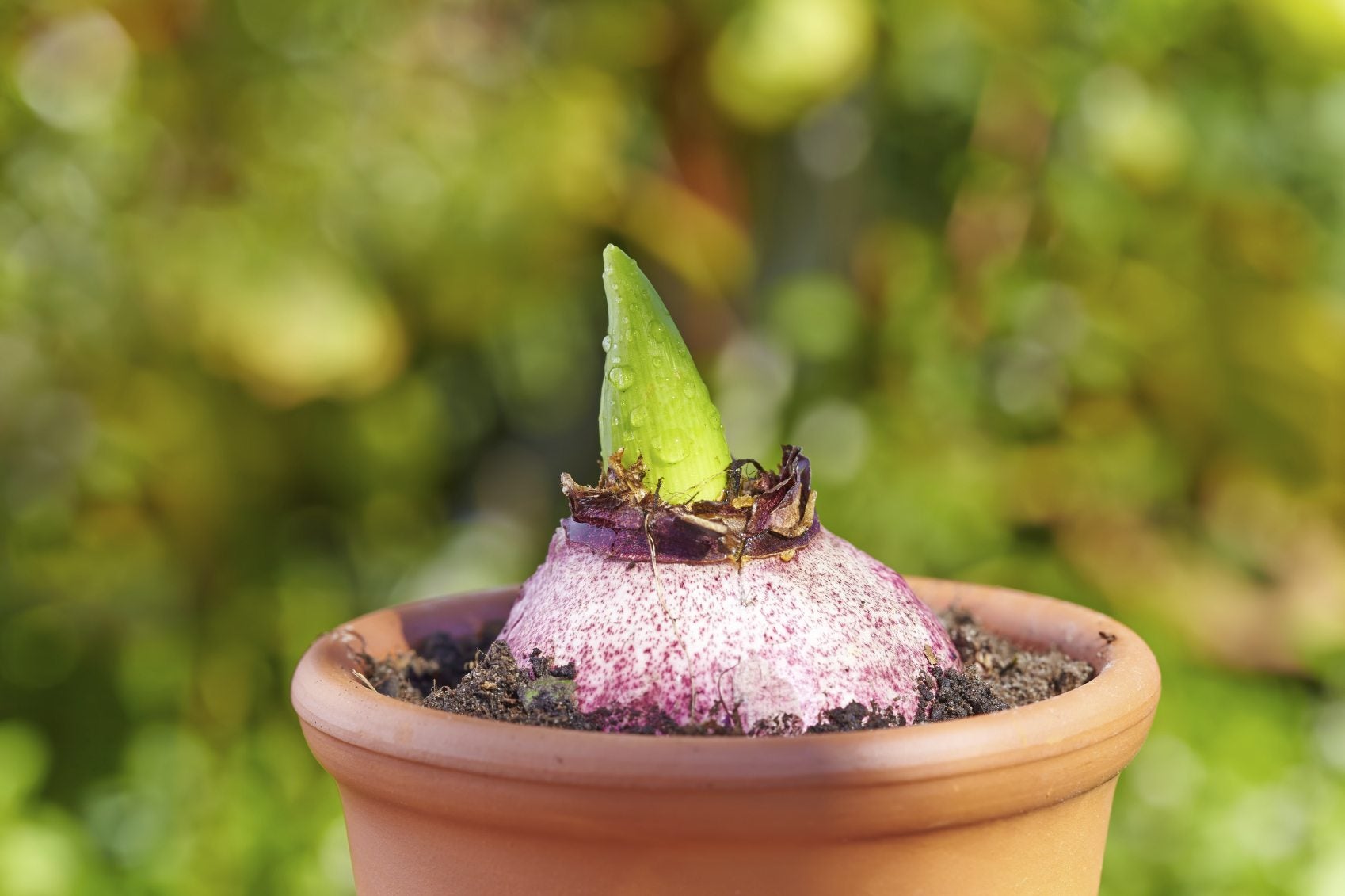 Container Grown Hyacinths: How To Plant Hyacinth Bulbs In Pots
Container Grown Hyacinths: How To Plant Hyacinth Bulbs In PotsHyacinths are famous for their pleasant fragrance. They also grow very well in pots, perfuming a patio, a walkway, or a room in your house. Learn how to plant hyacinth bulbs in pots in this article.
By Liz Baessler
-
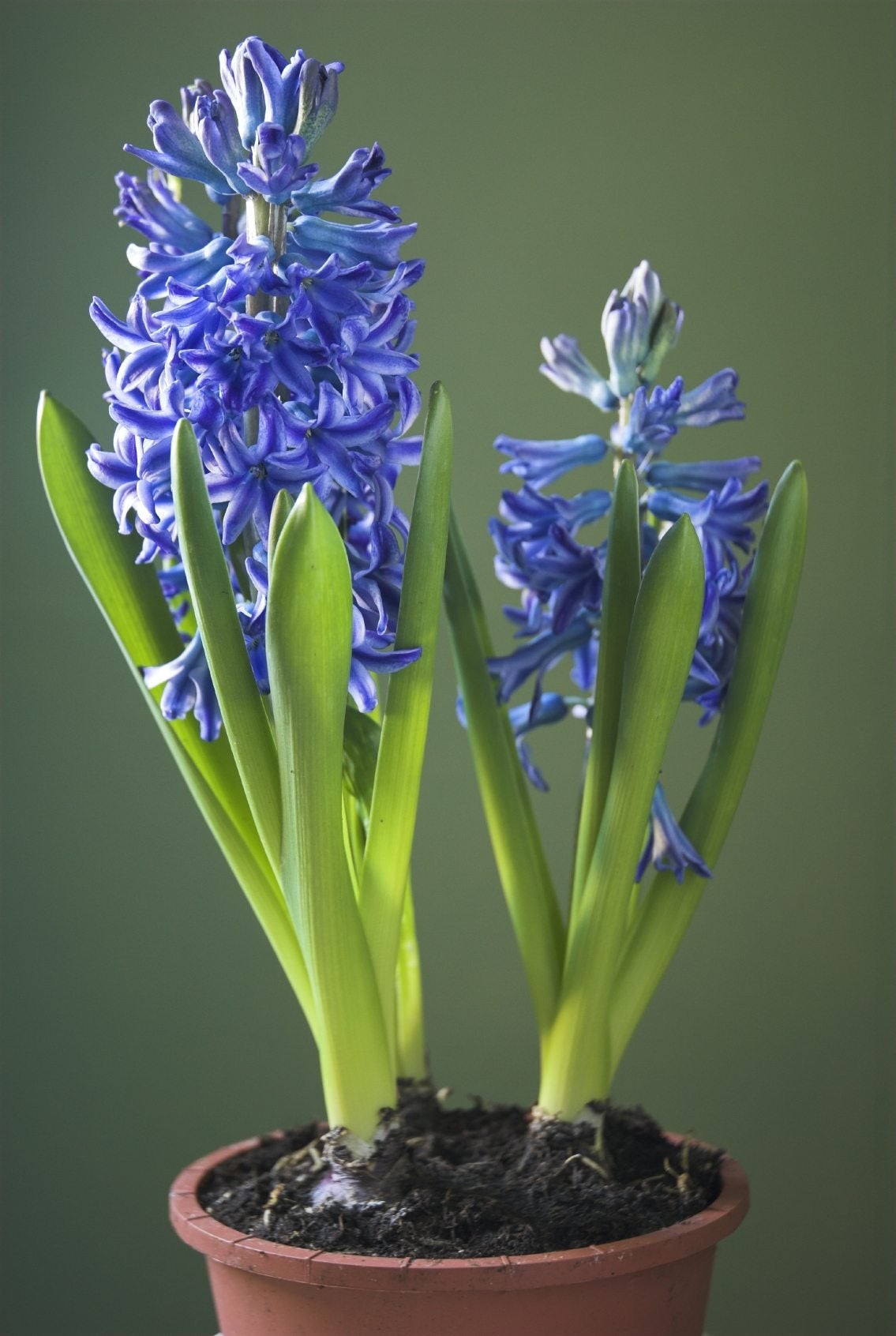 Indoor Hyacinth Care: Caring For Hyacinth Houseplants Post Flowering
Indoor Hyacinth Care: Caring For Hyacinth Houseplants Post FloweringBecause of their attractive flowers and delicious smell, potted hyacinths are a popular gift. Once they?re done blooming, though, don?t rush to throw them away. With a little care, you can keep your indoor hyacinth after blooming. This article will help.
By Liz Baessler
-
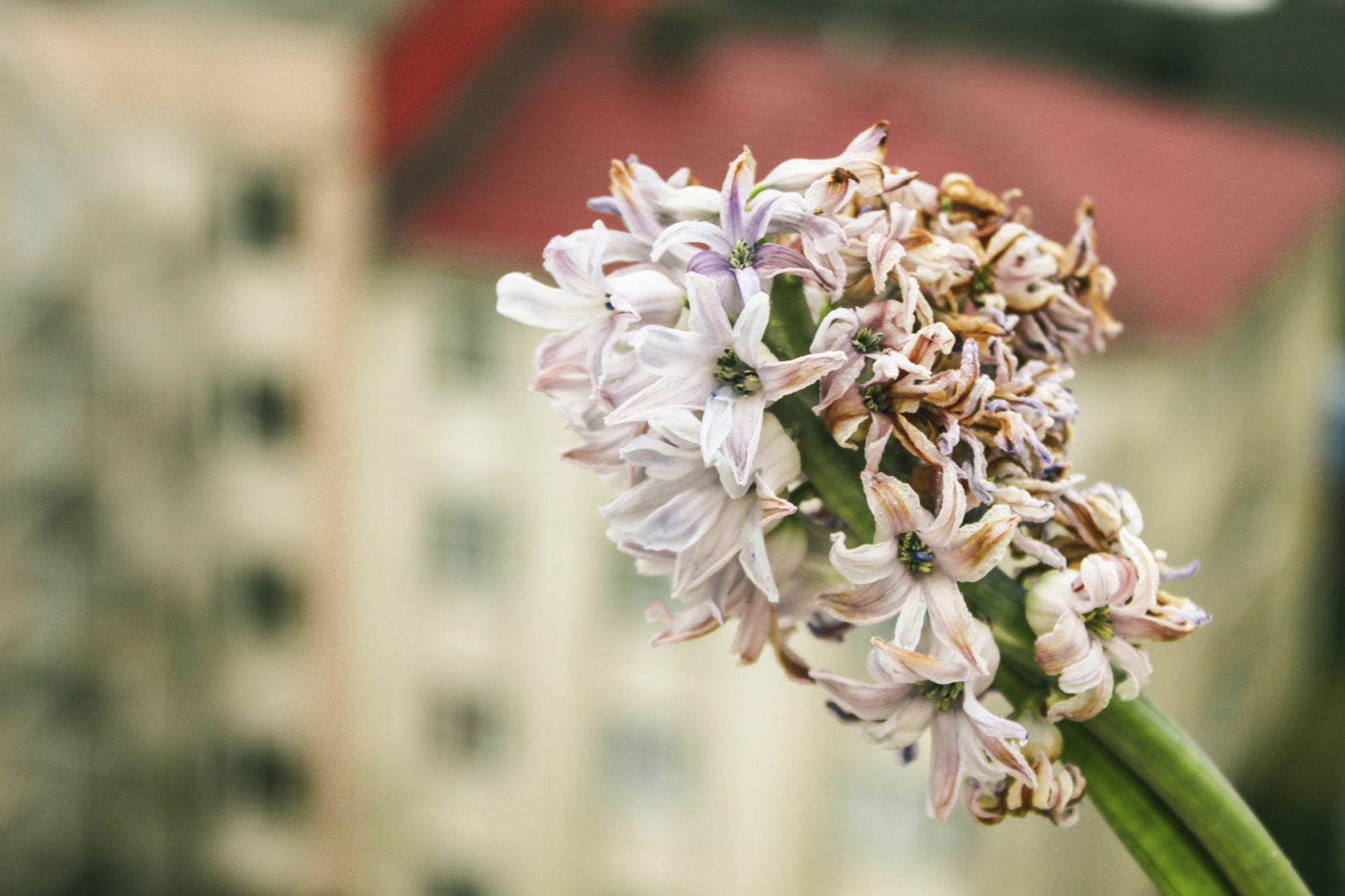 My Hyacinth Is Turning Brown – Caring For Browning Hyacinth Plants
My Hyacinth Is Turning Brown – Caring For Browning Hyacinth PlantsHyacinths make great indoor or outdoor plants and are harbingers of spring, but when they start turning brown, these cheery faces are suddenly a reason for panic. Find out if your hyacinth has a real problem or if it's just going through its normal lifecycle in this article.
By Kristi Waterworth
-
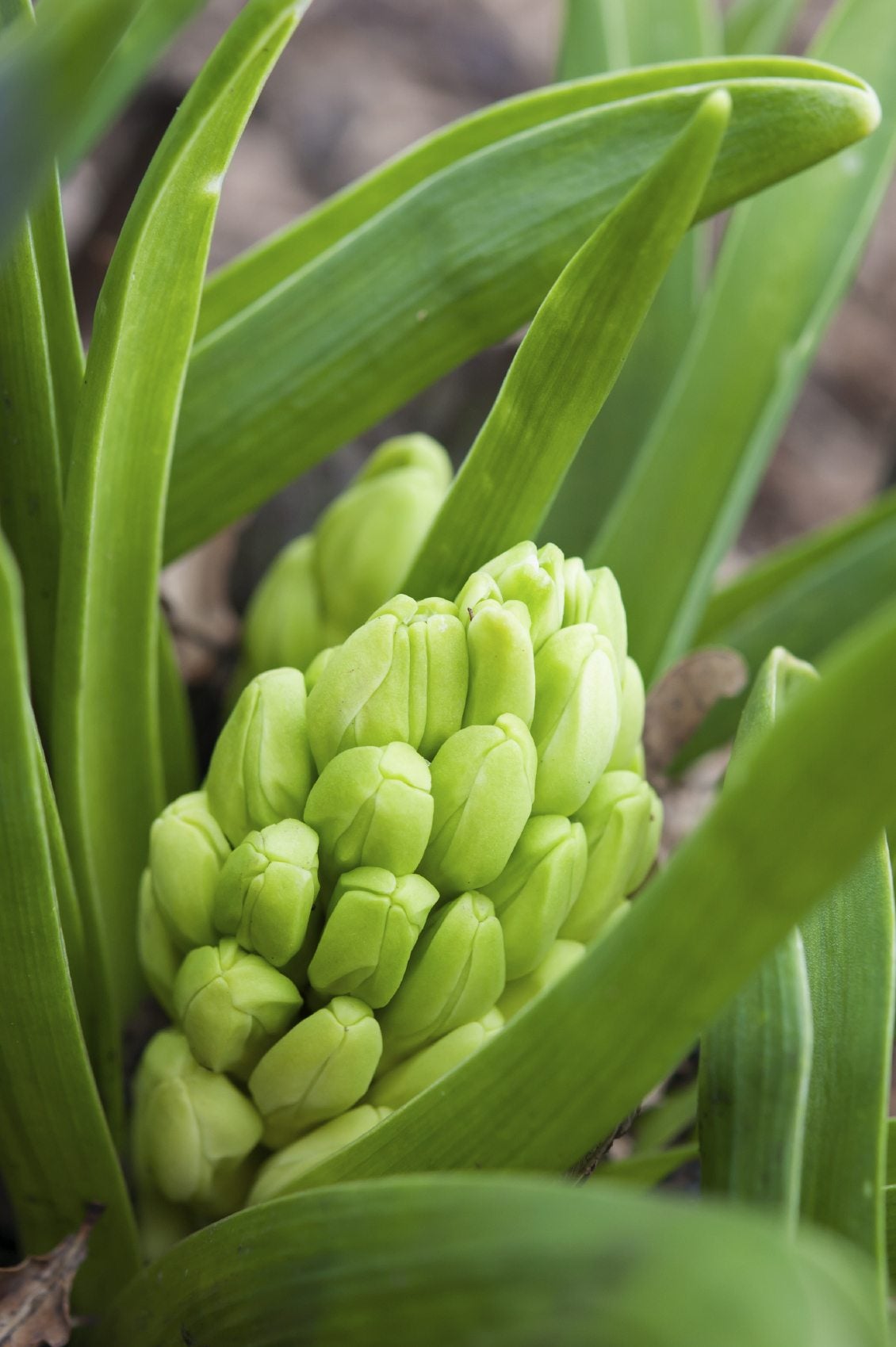 Hyacinth Bud Drop: Why Hyacinth Buds Fall Off
Hyacinth Bud Drop: Why Hyacinth Buds Fall OffBud problems with hyacinth are rare but occasionally these spring bulbs fail to bloom. Finding out why hyacinth buds fall off or, worse, why they never formed buds in the first place, can take some sleuthing. This article will help.
By Bonnie L. Grant